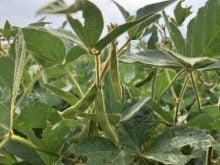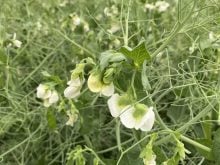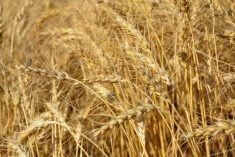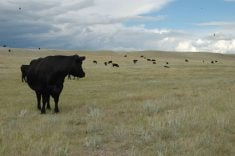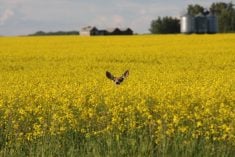JENNER, Alta. – A map of the 59,000 acre Buffalo Atlee Community Pasture is dotted with hundreds of blue circles that indicate water holes, sloughs and small lakes.
But when Lorne Cole looks up from the map spread over the hood of the truck, to see where there should be a slough, there’s nothing.
Except for a few wells and deep dugouts, water has disappeared from Buffalo Atlee.
“Oh, it’s terrible,” said Cole, a Special Areas range improvement specialist, as he conducted a pasture tour.
Read Also
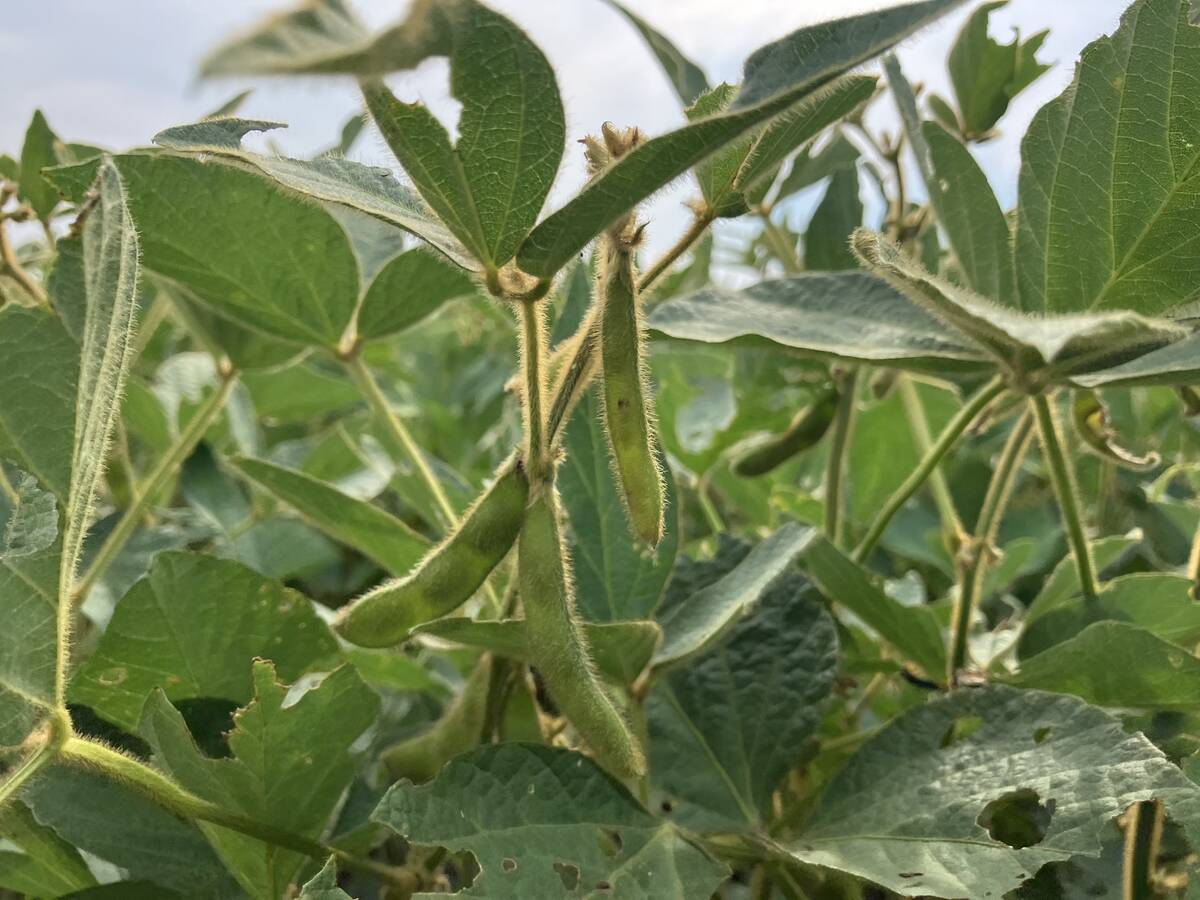
Soybean market still figuring out implications of China-U.S. pact
Soybean futures had a muted reaction to the U.S. trade deal with China as the market tries to figure out the nuances of the deal.
Scant rain as of The Western Producer’s May 28 deadline has forced Cole to delay cattle entry on three of the four community pastures in the Special Areas until mid-June.
Then the cattle will only be able to stay for the six-week breeding period.
“Rather than cut back on numbers, we’ll cut back on time.”
Cole said he wants to help producers who bought bulls to put with the cows on pasture.
“It’ll let them make use of the bulls.”
Unless it rains soon, grass in the dry mixed prairie region will shut down production until next year.
There has been little grass growth this spring across the province. Local producers with little grass on their own fields are feeding hay until the cows enter pasture. The last decent rain was July 1999.
There may not be much to feed the cows once they return from the community pastures.
“Back home they’ll be put on what should have been a wheat crop or sold. They’ll do what they have to do to get through.”
Cole is trying to alleviate the water shortage at Buffalo Atlee by laying pipes that will bring well water to troughs scattered throughout the pasture. He hopes the pipes will be installed before the cattle arrive.
Electric fences and solar pumps will keep cattle out of dugouts that still have water.
“We want to get the maximum benefit from the water,” Cole said.


